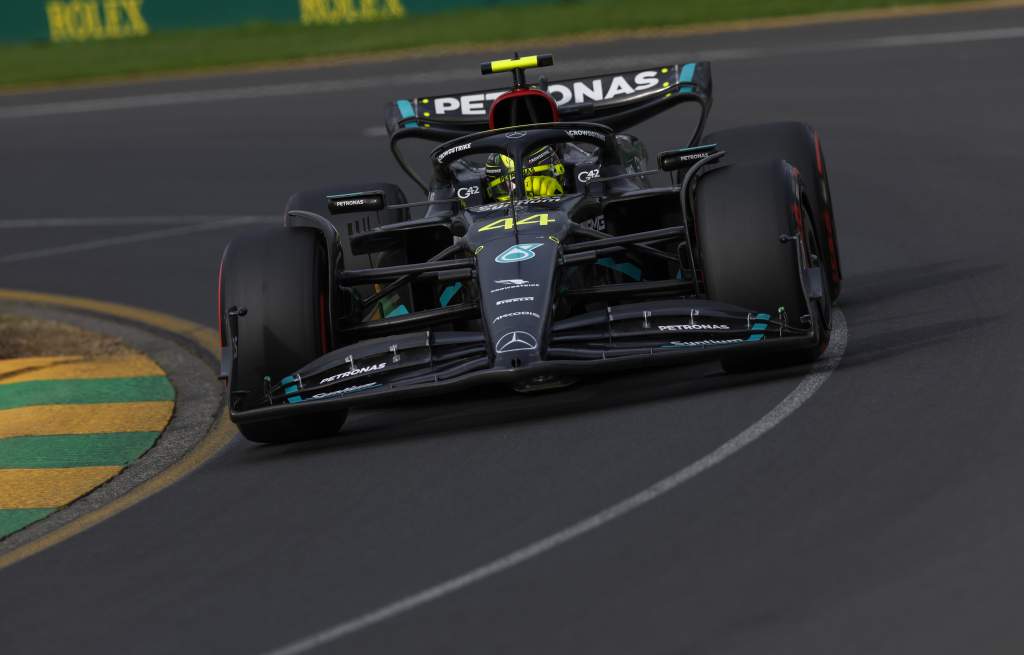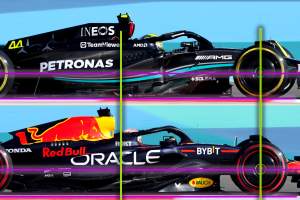Up Next

Mercedes is adamant that significant changes are still necessary for its Formula 1 car despite early progress with the W14 and a first podium finish of the season.
Lewis Hamilton’s second place in the Australian Grand Prix capped an all-round more competitive weekend for Mercedes, which has started the season on the back foot and effectively wrote off its car concept after qualifying at the very first race.
At the time, Mercedes team boss Toto Wolff said sticking to the concept that had started slowly and been improved last year “it didn’t work out” and pledged that “we will, within the group, embark on untreaded paths”.
So when Mercedes outpaced Aston Martin for the first time in 2023 in Melbourne, and Hamilton beat Fernando Alonso to finish second, it did prompt a few questions about whether the Mercedes W14 might not be the disaster it was made out to be and if the team should stick with this car concept after all.
Mercedes is not going to let itself get fooled so easily.
Its improved performance in Melbourne was not the result of a big upgrade, or a magic change to the existing car that suddenly unlocked serious speed, even with a suggestion it was being run in a happier set-up window.
George Russell revealed that Mercedes has found the car works a bit better in reality when run differently to the way its simulations suggest it should be (which also hints that there are still specific weaknesses in Mercedes’ virtual development tools to address).
“I’ve been working really hard with my engineers to get the most out of the set-up and I feel like the last two weekends we have really put the car in a really great window and migrated away from where our simulations have been telling us,” said Russell.
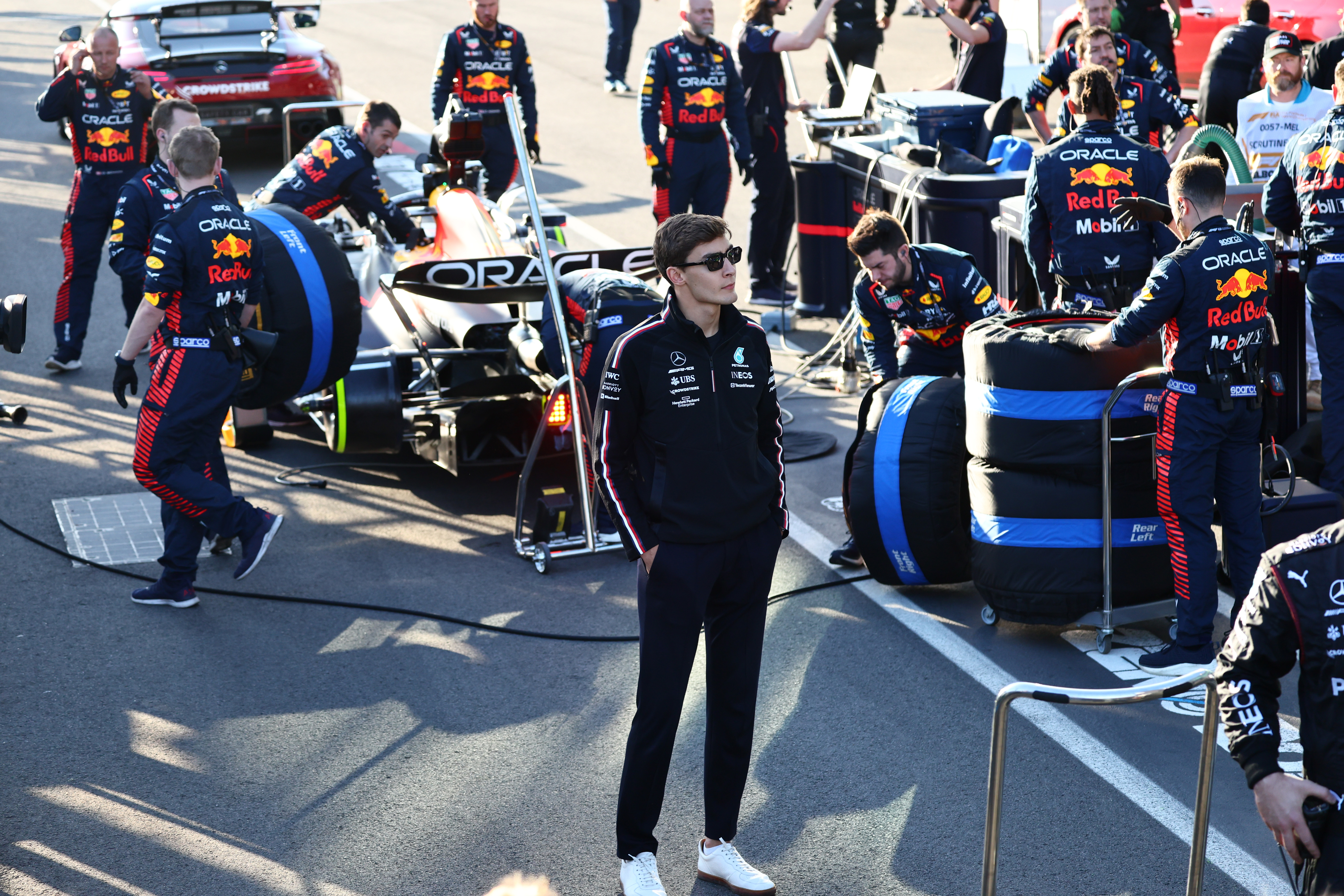
“That is perhaps a reason why our pace was poor in Bahrain.
“With the knowledge I have now, I think we probably could have had the car in a very different window in Bahrain to have more performance.
“So, we need to look and understand why the sims are telling us one thing that we’re going in a slightly different direction from.”
There is still a belief within Mercedes that the car is more on a knife edge than the Red Bull and Aston Martin, and edgy to drive as a result, so the days it is in a better window will make a big difference.
There were more Melbourne-specific factors too, though. Mercedes seemed to have a good grasp on the tyre warm-up demands of last weekend, something that is always a priority at Albert Park. And this, mixed with some Friday practice disruption due to rain, seemed to take Mercedes closer to the maximum of what the W14 has to offer – while others, including maybe Red Bull, were a little caught out.
The net result was for Mercedes to be the second-fastest team in qualifying, with its closest gap to the front of the season, a result that Hamilton said “really blew us all away”.
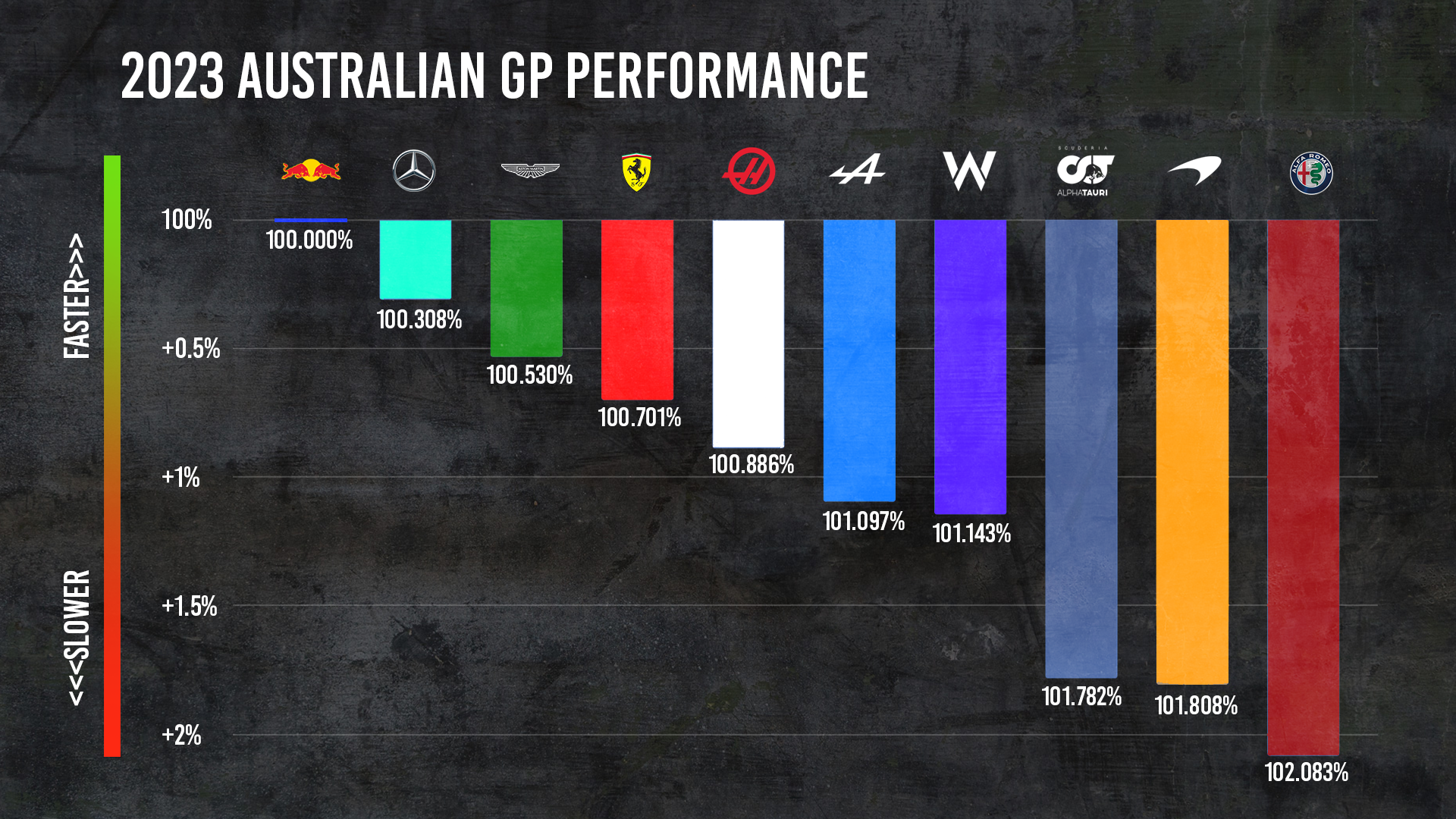
But one good performance in Australia, in specific, slightly cold conditions where tyre warm-up proved critical, does nothing to change the fact the Mercedes is, ultimately, not quick enough. Because it was still comfortably second-best to Red Bull.
Russell led early on after jumping Max Verstappen at the start but was removed from contention after pitting during a safety car period that turned into an ill-timed red flag, then eventually retired with a rare Mercedes engine failure.
Asked if Mercedes had been too quick to judge its car concept in Bahrain in hindsight, or if significant changes were still needed, Russell said: “No, it’s definitely still necessary.
“The gains that we are seeing in the tunnel at the moment are going to bring some decent performance and the fact is we’re here to win.
“We’re not here just to be the best of the rest or to be half a second behind Red Bull. Our fight’s with Red Bull.
“We may have been quicker than Ferrari and Aston Martin this weekend but we are still clearly a long way off where we want to be.”
Verstappen overcame a poor first lap that dropped him behind both Mercedes to score his second victory of the season in Melbourne.
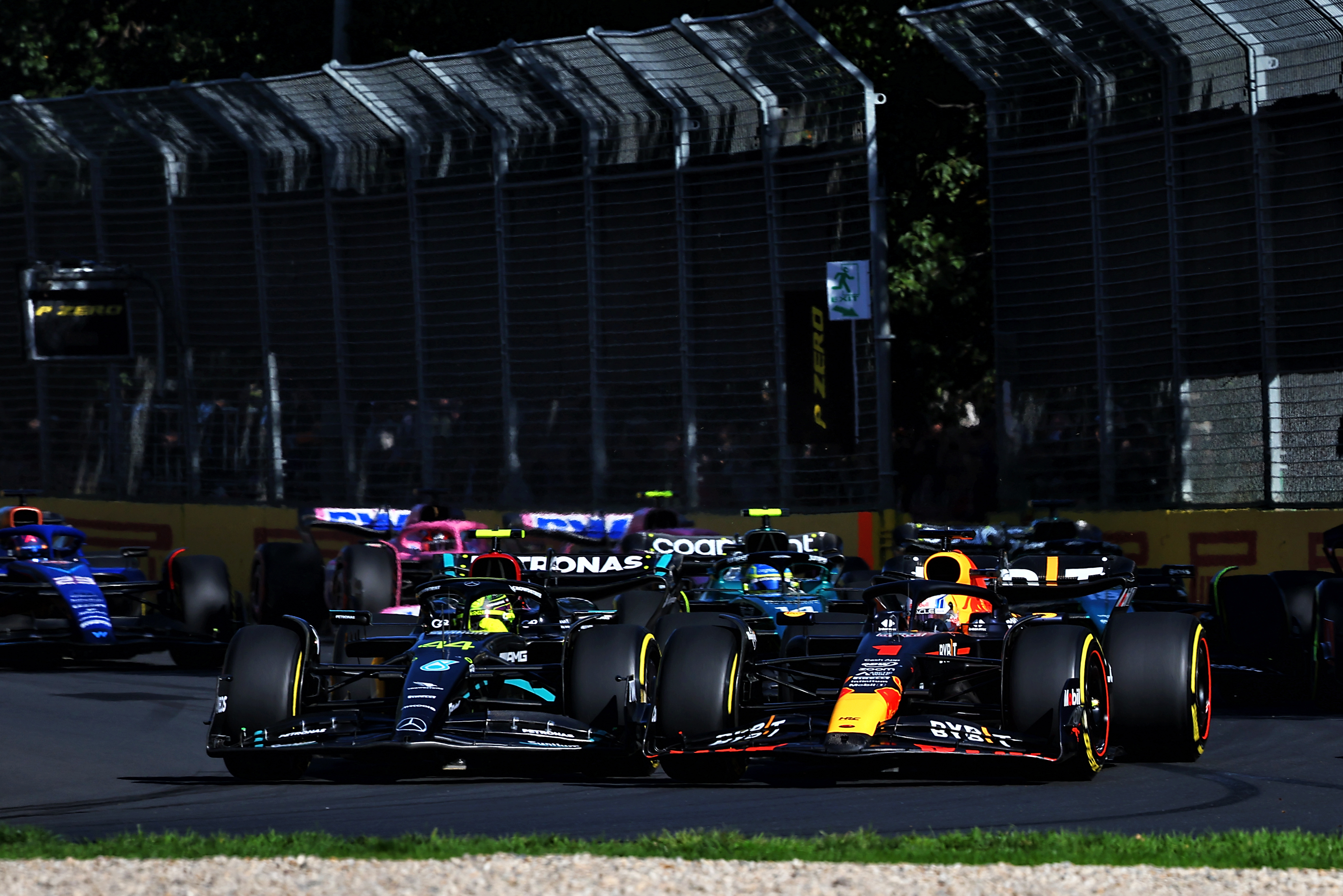
And though Russell was helpfully moved aside for him, Verstappen still found himself behind Hamilton at the first restart.
But in Hamilton’s words, Verstappen came “sailing by” with ease in the latest display of the straightline speed advantage that Wolff called “mind-boggling”, and Verstappen then routinely lapped significantly faster than his rivals whenever he needed to build a gap.
That validated the talk after qualifying when Russell emphasised the need for upgrades and Hamilton stressed that only “when the car is right” can Mercedes think of fighting for wins, and only strengthens the impression that persevering with its chosen car concept would just mean a hugely unhelpful amount of flip-flopping.
“We made a good step forward this weekend on single lap and on race pace,” was Wolff’s verdict.
“Is this where our baseline needs to be? I’m not sure. We maximised what we have.
“It was good to see that we are racing Ferrari and Aston Martin. We just need to consolidate that.
“And the more we learn about the car and bring the upgrade packages, hopefully we can challenge the leaders more.”


